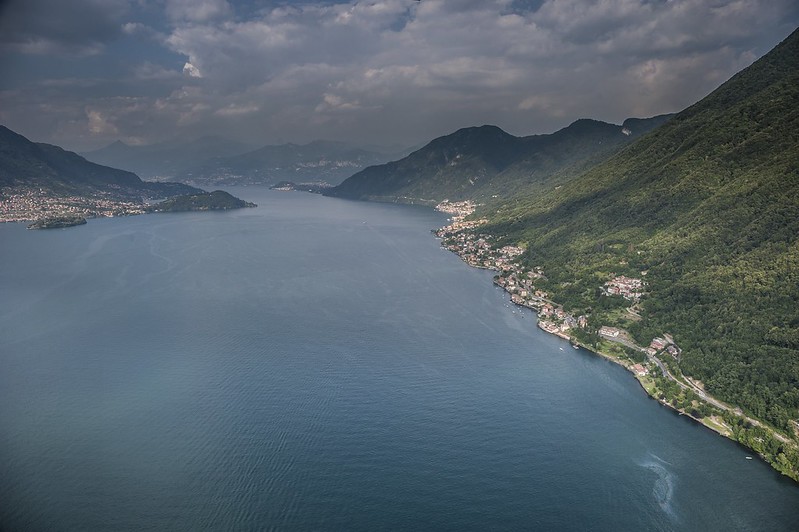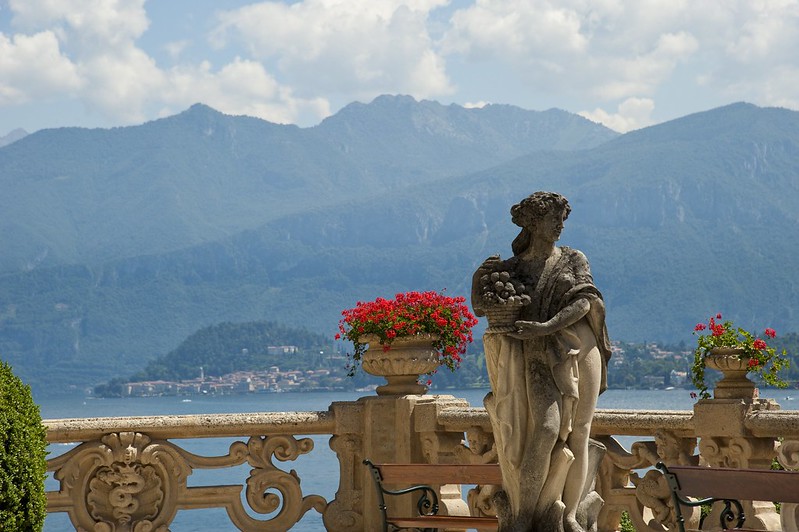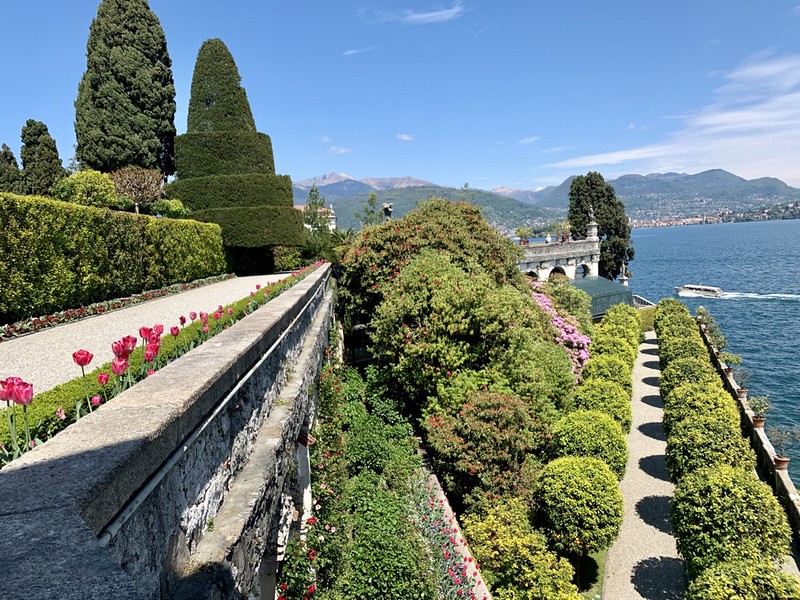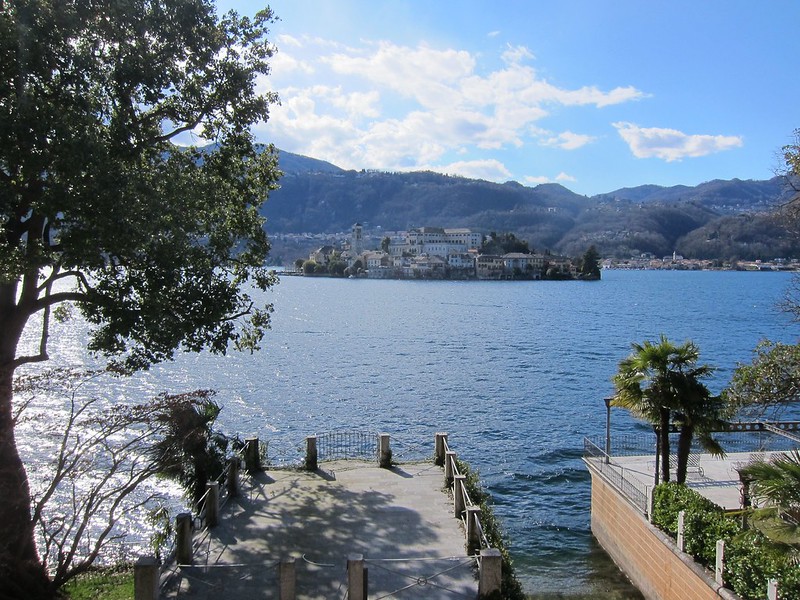Deep cobalt-blue waters lined by steep slopes blanketed in lush vegetation, tiny pastel-hued villages perched just above the shore—you may be picturing the Amalfi Coast or Cinque Terre, but Italy’s northern glacial lakes offer equally spectacular scenery and make for an ideal stopover when traveling between Milan and Venice. You can island-hop; take a boat ride or scenic drive along the lakeshore to visit villages, villas, and gardens; stop for tours and tastings at nearby wineries; browse the high-end shops and boutiques at the swanky resort towns; and sample excellent local cuisine…often featuring the lakes’ own fresh-water fish and crustaceans.
There are up to ten “northern” lakes, depending on how you count, but here are the five most popular, scenic, and easily accessible that are perfect for a day trip, stopover, or even longer dedicated itinerary:
Lake Como
Thanks to George Clooney and his famous lakeside villa, Lago di Como is the most famous of the northern lakes among international tourists, and its dazzling scenery and “Old World” elegance don’t disappoint. The lake sits almost directly north of Milan and is ringed by dramatic hillsides covered in thick Mediterranean vegetation—the snow-covered peaks of the Alps loom on the horizon—and there are a number of historic villas and their stunning gardens that sit right on the lakeshore, including Villa Carlotta, Villa Melzi, and Villa Balbianello.
In addition to these architectural gems, the lake is also home to a smattering of pretty towns and villages that offer excellent dining and shopping, as well as a relaxed “la dolce vita” resort atmosphere. Menaggio and Bellagio are the two most picturesque villages, with cobblestone streets, flowering window boxes, and postcard-perfect views over the lake. Como is the largest town on the lake and is home to magnificent churches, a beautiful lakeside promenade, and high-end boutiques that specialize in silk accessories.
Lake Maggiore
To the west of Lake Como, Lago Maggiore is actually the second-largest lake in Italy (despite its name) and straddles the border between Italy and Switzerland, so the northern reaches of the lake extend into Swiss territory. Strung like pearls along the lake’s shores are a number of delightful resort towns, including Stresa and Verbania, home to the botanical gardens of Villa Taranto. You can hop on the Lake Maggiore Express, a local scenic train that makes stops in many of the charming lakeside towns, or take a ferry or private boat cruise along the lakeshore.
The headliners at Lake Maggiore are Isola Bella and Isola Madre, two of the three tiny islands that make up the Borromean Islands, or Isole Borromee, a small archipelago just opposite the town of Stresa. These jewel-like islands have been owned by the aristocratic Borromeo family for 900 years and the opulent 17th-century palaces and terraced gardens on Isola Bella and Isola Madre were built as their private retreats. The third island, Isola dei Pescatori, is instead home to a charming smattering of tiny chapels, art galleries, souvenir shops, and fish restaurants with lake views.
Lake Garda

Italy’s largest lake, Lago di Garda, spans the regions of Lombardy, Veneto, and Trentino-Alto Adige and is ringed by nearly fifty towns and villages…lakeside resort towns and marinas with pretty promenades and cafés. The most famous are Sirmione—known for its thermal waters, 18th-century castle, and Roman ruins—the medieval village of Malcesine with its cable car up to Monte Baldo, lush Limone sul Garda, and the elegant art nouveau towns of Salò and Riva del Garda. The lake had five islands, but the most famous is Isola del Garda, home to a sumptuous villa done in the Venetian Gothic style and built on the ruins of a 13th-century monastery founded by St. Francis of Assisi.
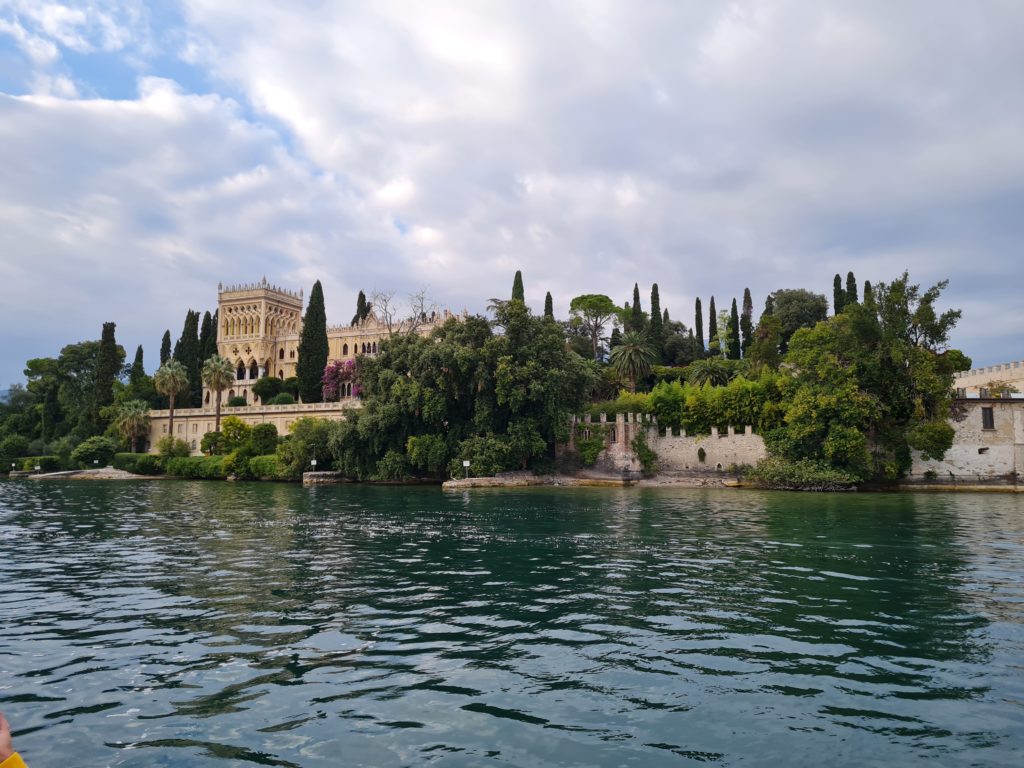
The lake stretches from the Po Valley in the south to the Alpine foothills in the north, and this varied landscape offers a wide range of sports and outdoor activities—the lake is known for its beaches, sailing, and windsurfing as well as rock climbing, rappelling, and mountain biking. Lake Garda also has a unique microclimate that is relatively temperate all year round, allowing for olive and lemon groves well north of their usual range that form the foundation of the excellent local cuisine.
Lake Iseo

Set between Lake Como and Lake Garda, the smaller Lake Iseo popped onto the world’s radar in 2016 when Christo made it the site of his work, “The Floating Piers”. A particularly peaceful spot with spectacular scenery and quaint lakeside villages, Lago d’Iseo is known primarily for the large island of Monte Isola. Europe’s largest lake island, this striking peak rises dramatically from the lake and is ringed with fishing villages and topped by the 17th-century Shrine of Madonna della Ceriola. There are hiking and biking paths around the island or you can simply relax at one of the many waterfront restaurants over a leisurely fish lunch.
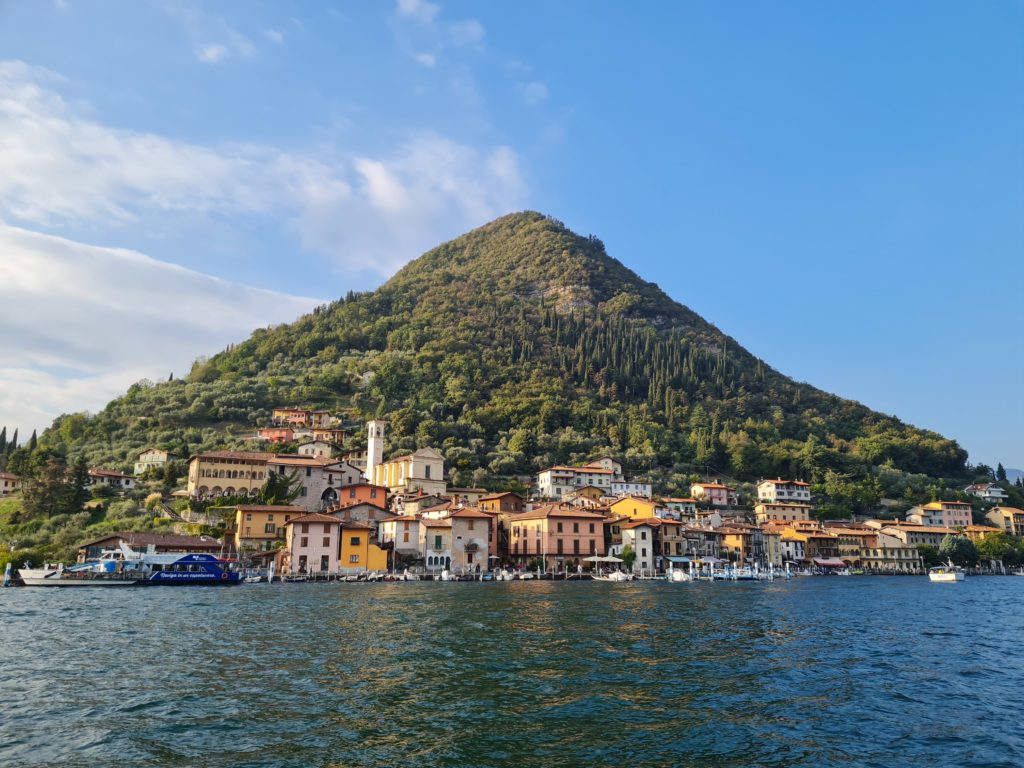
The Franciacorta wine region stretches just south of the lake and is an ideal area for exploring local wineries for tours and tastings of both still and sparkling wines. The most famous producers include the historic cellars of Berlucchi (who first brought the Champignois method to this area), Bellavista, and Ca’ del Bosco…but there are dozens of smaller producers to discover, as well. You can follow the “Strada del Vino Franciacorta” wine route and stop at cellars along the way while taking in the gorgeous views over the vineyard-covered hills.
Lake Orta
Sleepy Lake Orta is one of the least-known of the northern lakes, often overshadowed by its famous neighbor, Lake Maggiore. An easy day trip from Milan, Lake Orta is an ideal break from the urban bustle and tourist crush. One of the main draws of Lago d’Orta is the tiny island at its center, Isola San Giulio, home to a historic basilica and monastery. On the shores of the lake, explore the medieval village of Orta San Giulio and climb the hill above town to visit the Sacro Monte chapels. You can also stroll through the hamlets of Pettenasco and Omegna, refreshingly quieter than the more popular towns around Lake Como or Maggiore.

